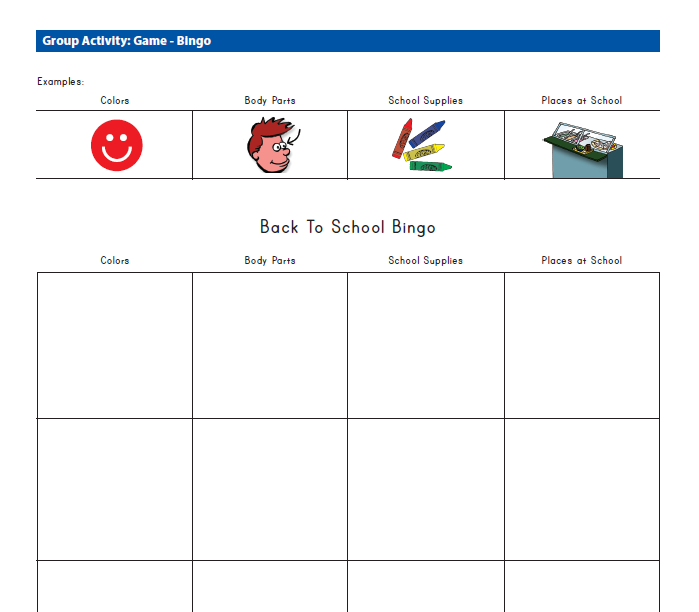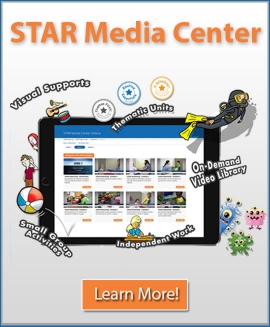Small Group Instruction…Don’t Forget the ABA!
The time of year has come when we start to think about pumpkin spice lattes, fall community events, school supplies, and, oh wait... our students are returning!
We know that students have opportunities for learning engagement throughout the school day. Teachers and paraprofessionals work diligently to create teachable moments across the school environment to introduce new skills, maintain desired behaviors, and generalize new learning to different settings and people. Don't forget that small group instruction (SGI) is one valuable and practical opportunity to promote, maintain, and generalize skills. Despite the well-documented impairments in observational learning and imitation skills exhibited by students on the autism spectrum, research shows that this population does indeed benefit from active engagement in small group learning environments (Ledford, Gast, Luscre, & Ayres, 2008).
How do we promote active engagement AND encourage our students to have a fun and unique learning opportunity during small group instruction? Let the strategies rooted in applied behavior analysis (ABA) be your guide. It's a win-win situation because your students will show progress in their academic, language, and social goals, and you will also be using evidence-based practices in your teaching. Some evidence-based practices that are easily utilized during SGI include prompting, time delay, visual supports, and of course, reinforcement of correct responses and other desired behaviors (Odom, Collet-Klingenberg, Rogers, & Hatton, 2010). During SGI, penny boards are fantastic tools for teachers because they remind us to reinforce the all-important behaviors related to attention, compliance, and imitation.
Once you have ABA in place, the next piece of the puzzle is to identify a set of materials that all students of varying levels can participate with in a meaningful way. Here's an example:
Activity Name: Out of the Bag
Materials Needed: You will need picture cards of various nouns, a small drawstring bag, and small baskets to sort cards.
Involving All Students: For each student, create a list of index cards with 2-3 target skills and/or cues to focus on during the activity. For a student at Level II, a skill might be to answer a wh- question about the card that he or she picked. A student at Level III might be asked to tell the group about the activity they just finished before moving on to the next activity. Index cards can be given to any adult participating in the activity; this way SGI can happen at any time with any adult!
Using Visual Supports: Visual sequence strips provide predictability to students. It will be necessary to create a visual strip and review with students prior to the game and throughout as a reference.
References
Ledford, J.R., Gast, D.L., Luscre, D., & Ayres, K.M. (2008). Observational and incidental learning by children with autism during small group instruction. Journal of Autism and Developmental Disorders, 38, 86-103.
Odom, S.L., Collet-Klingenberg, L., Rogers, S.J., & Hatton, D.D. (2010). Evidence-based practices in interventions for children and youth with autism spectrum disorders. Preventing School Failure, 54, 275-282.


